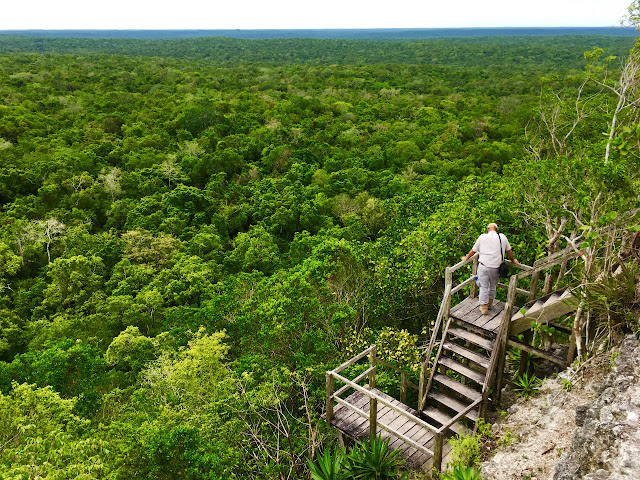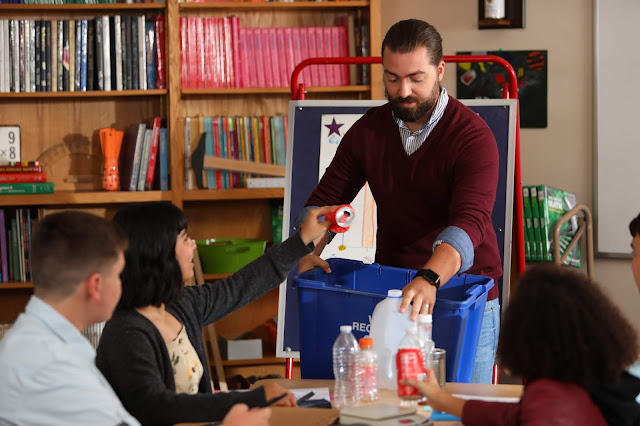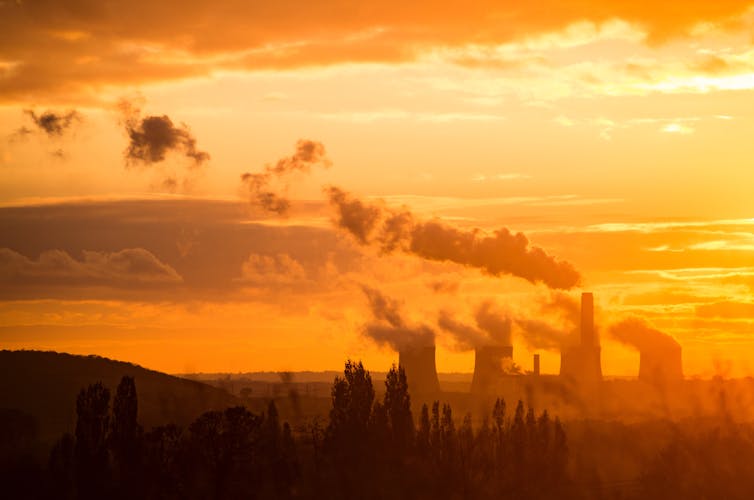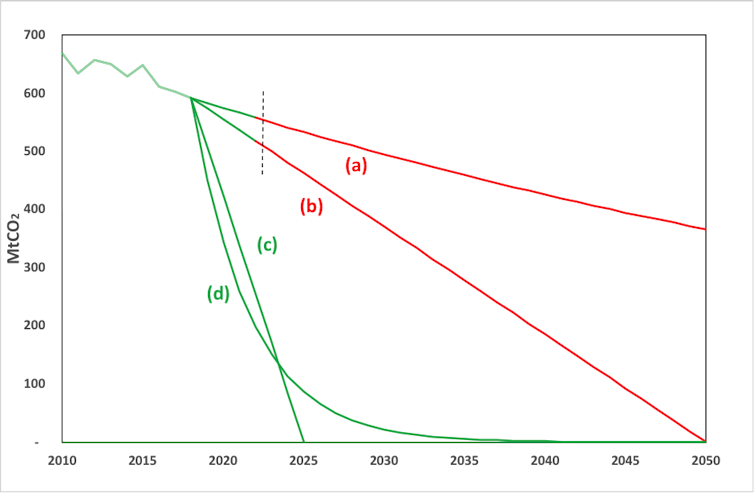 |
| Windmills near green trees (image via Pexels) |
Reduce Our Energy Usage
Every one of us has a carbon footprint, and that’s how much energy and usage we have on our environment. Ideally, you want to make your footprint as small as possible, and that can only happen if you try to reduce your energy usage. The biggest will come from the household bills that you pay for every month. The gas and electric all have an impact on the environment, and the more effort you can make in reducing these, the better. Try to keep your heating off and only use it for short periods of time when needed. During the colder months, you want it on only to take the chill off the room. So for starters, you could time it to come on first thing in the morning as you’re about to wake up an hour before you’re due back from work. This means you’re waking up and coming home to a warm house. If you work from home, you can do the same and then intermittently turn it back. Keeping it on low all day is only going to continue burning through your usage, so be conscious of how much you are using. Try to reduce the amount of time spent using electrical items and practice turning everything off at the plug at the end of the day. That way, the electronics aren’t continuing to use power if they’re switched off.Travel By More Eco-Friendly Means
We all travel for different things, whether that’s for business or pleasure. We go on annual holidays, we travel to and from work, and we take trips to see family and friends on a regular basis. All of that requires you to travel by public transport or via car. Sometimes this is necessary, but it’s important to exhaust all other options first that aren’t harmful to the environment. If you’re taking a trip to the local shop, why not walk there? If your work is within a suitable distance and you feel confident enough, then cycling to and from your work doesn’t cost you anything and it provides you with a healthy boost of fitness every day. Not only that, but it’s not harming the environment.If you’re going on holiday, you could consider taking the train or going by boat to save on the fuel that’s used for planes. This isn’t always possible, but if you’re making a conscious effort to use these forms of transport here and there, it’ll make an overall difference. The less fuel we’re using, the better it’s going to be for the environment in the long run. There will always be a need for those who influence and hold power in the world to use organizations like the ACS, but having fewer commercial flights will save on fuel.
Reuse Rather Than Buy New
A lot of focus recently on how fashion is becoming a big contribution to waste. Fast fashion, as it’s called, is where people are buying clothes and then chucking them out once that season ends or another trend comes in. Instead of maybe reusing clothing, they’re spending more money on clothes that have to be made out of materials and therefore causing more overall waste in the world. Try to shop from more sustainable brands that are recycling and reusing materials. The same goes for a lot of things within your lifestyle. For instance, a lot of furniture that you have might be in perfectly good condition, but instead, you want to chuck it out. Look at what you can do to upgrade its appearance, either by adding to it or maybe reupholstering it if it’s a sofa or armchair. These items of furniture can still provide you with a lot of usages, and if not, then it can always go to someone else rather than being chucked away.Grow Your Own Food
Ever wanted to grow your own food? Well, now a lot of households are adapting to the sustainable life by growing their own food sources. |
| Person Holding Cup With Green Plant (image via Pexels) |
Donate Your Unwanted Things
We do tend to find that we’ve hoarded a lot of things in our lifetime, and there may come a time where a good decluttering is in order. It can be beneficial to our mental health if our space is tidier and more well-organized. With that in mind, it might be worth arranging a collection or dropping off those items that you don’t need anymore to a shelter or shop that will sell them on or give them away to those who need it. What is one man’s waste is another man’s treasure, so donate any of your unwanted things to those who can benefit from it. Always check that they’re in good condition and only throw away items that have broken to the point that they’re useless and no longer usable.Save The Water
Saving water is important because wasting it is only going to use more energy in order to help source more of it. You can help by saving water in your household. Don’t use outside taps, and instead, try to conserve any water in an outside tank system or something that will just collect rainwater. It’s not going to matter how dirty it is because you’ll only be using it for watering plants and other outdoor tasks that need doing. Try not to leave taps running for too long and turn off the tap when you’re brushing your teeth. That way, you’re not letting so much water pour down the drain while you’re busy cleaning your teeth for two minutes.Remove Plastic From The Household
And finally, the biggest victim of the environmental clean up is plastic. Plastic is everywhere, and we use so much of it within our home. From the packaging that our goods come in, to the plastic storage tubs that we use for food and various other bits and bobs. Try to live a more plastic-free lifestyle where you can. Buy from more companies that use plastic-free or biodegradable packaging.The more your household can do, the bigger impact it will have as more and more of us take notice of how much we’re affecting the environment. Do what you can as a little certainly goes a long way.











































